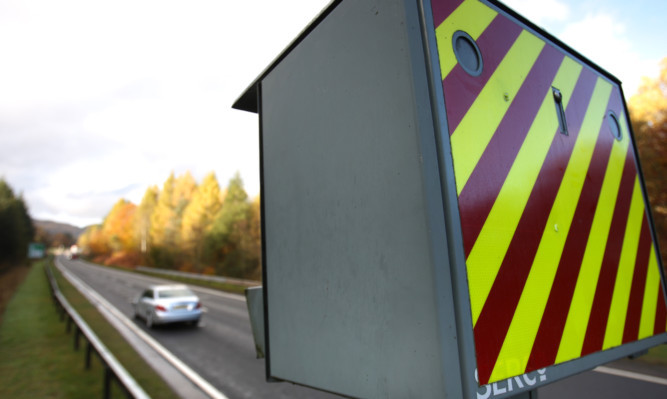Controversial average speed cameras on the A9 have prompted “significant” changes in driver behaviour, safety campaigners have said.
Since the so-called yellow vultures went live in October, the number of vehicles speeding along the route has fallen from one in three to one in 15.
In that time, 1,744 drivers were detected breaking the speed limit an average of about 10 a day.
The A9 Safety Group, which released the new data, said this was “an extremely high level of compliance when compared to previous enforcement methods.”
Stewart Leggett, who chairs the safety group, welcomed the latest findings.
“The monitoring equipment on the route clearly indicates that there has been a significant shift in driver behaviour with the number of vehicles exceeding the speed limit reduced from one in three to one in 15,” he said. “More importantly, the number of vehicles travelling at excess speed (10mph above the limit) is down from one in 10 before installation and has been maintained at a level of around one in 250 since the cameras were introduced.”
Although the numbers of speeders were down, the amount of motorists caught breaking the limit had increased since the last analysis three months ago. Mr Leggat said this was not unexpected.
“The Scottish Government continues to invest significantly in maintaining the A9 throughout its length and will continue to do so as the dualling works proceed,” he said.
The average cameras attracted a backlash when they proposed last year, with opponents arguing they would not do enough to improve safety on what is one of Scotland’s most dangerous roads.
